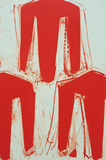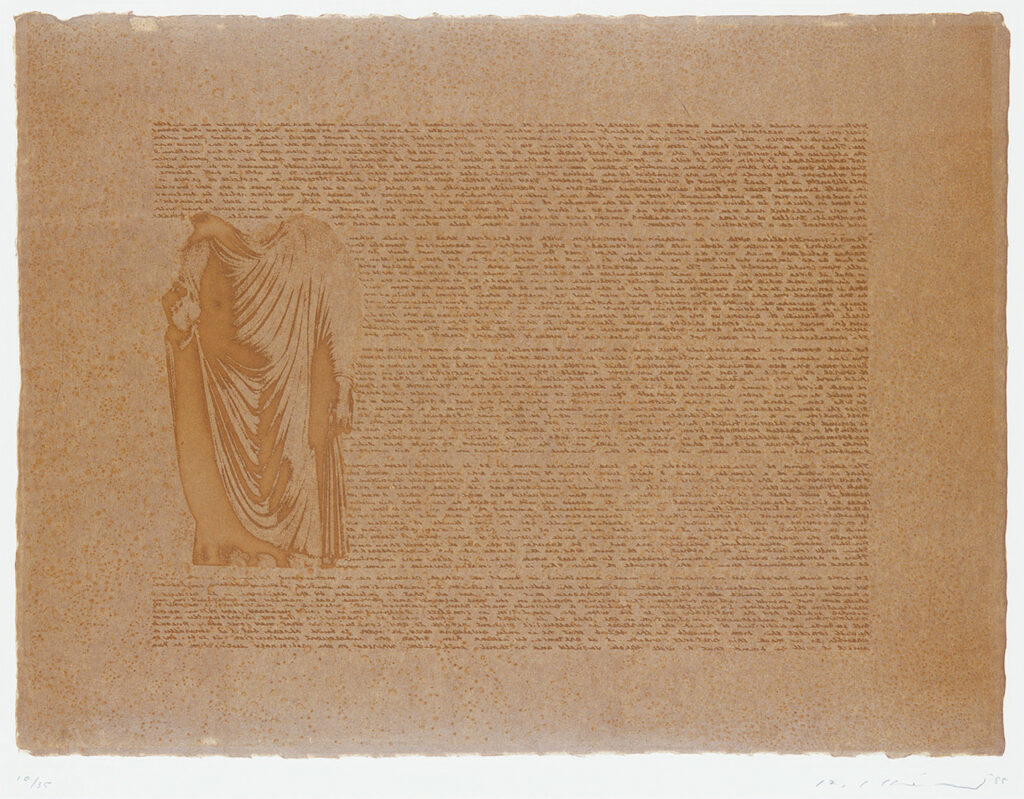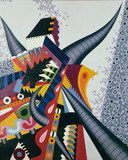
- Collection of
- Museum of Contemporary Art Tokyo
- Title
- Coelacanth
- Artist Name
- MORI Bushiro
- Year
- 1953
- Material / Technique
- Plaster
- Acquisition date
- 1981
- Accession number
- 1975-00-4162-000
- MOT Collection Search
- https://mot-collection-search.jp/shiryo/1408/
Other items of Museum of Contemporary Art Tokyo (8084)
](https://museumcollection.tokyo/wp-content/uploads/2022/08/13130.jpg)
Works of Koshimizu Susumu, an Album
KOSHIMIZU Susumu
Museum of Contemporary Art Tokyo
![作品画像:[花魁]](https://museumcollection.tokyo/wp-content/uploads/2025/06/19324.jpg)
[Oiran]
SHINOHARA Ushio
Museum of Contemporary Art Tokyo

Untitled
IDA Shoichi
Museum of Contemporary Art Tokyo

Chi-26
YOSHIZAWA Mika
Museum of Contemporary Art Tokyo

SELF-PORTRAIT 78
KWAK Duck Jun
Museum of Contemporary Art Tokyo

woman in sand
IDA Shoichi
Museum of Contemporary Art Tokyo

Transmission
IKEDA Ryoji
Museum of Contemporary Art Tokyo

Purple Chairs
SAWAMURA Misako
Museum of Contemporary Art Tokyo

Harsh Wind (A Young Woman in Sorrow of Parting)
SAWADA Seiko
Museum of Contemporary Art Tokyo

Vase
ITAYA Hazan
Museum of Contemporary Art Tokyo

Mouse at Bay
YOSHINAKA Taizo
Museum of Contemporary Art Tokyo

The New and the Old and the New
HOCKNEY, David
Museum of Contemporary Art Tokyo

Bird and Fruits (Small)
KOMAI Tetsuro
Museum of Contemporary Art Tokyo

She Is in the Sky
YOSHIHARA Hideo
Museum of Contemporary Art Tokyo
![作品画像:[apple yard 22]](https://museumcollection.tokyo/wp-content/uploads/2022/08/20128.jpg)
[apple yard 22]
MIKI Tomio
Museum of Contemporary Art Tokyo
![作品画像:[斎藤義重作品写真集:ファイル 1] 82/127](https://museumcollection.tokyo/wp-content/uploads/2022/08/11662.jpg)
Works of Saito Yoshishige, an Album
SAITO Yoshishige
Museum of Contemporary Art Tokyo

